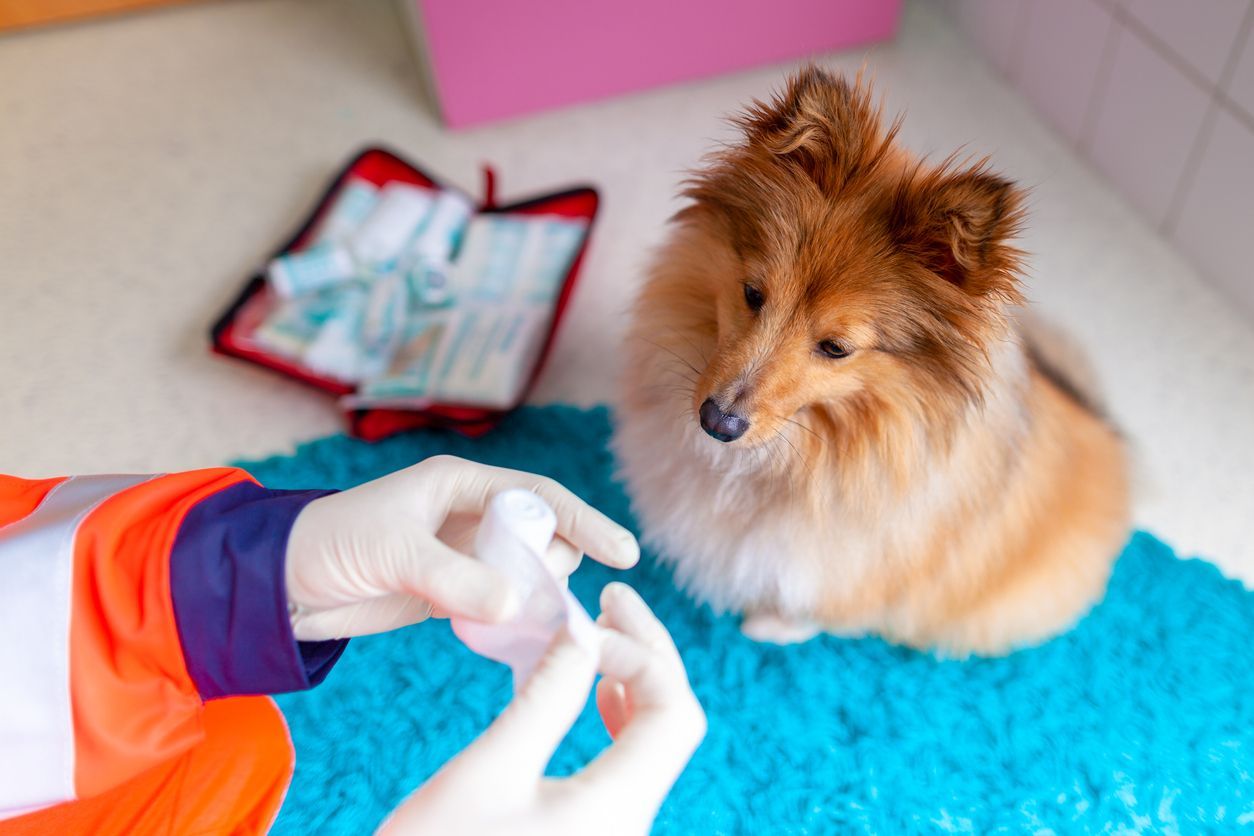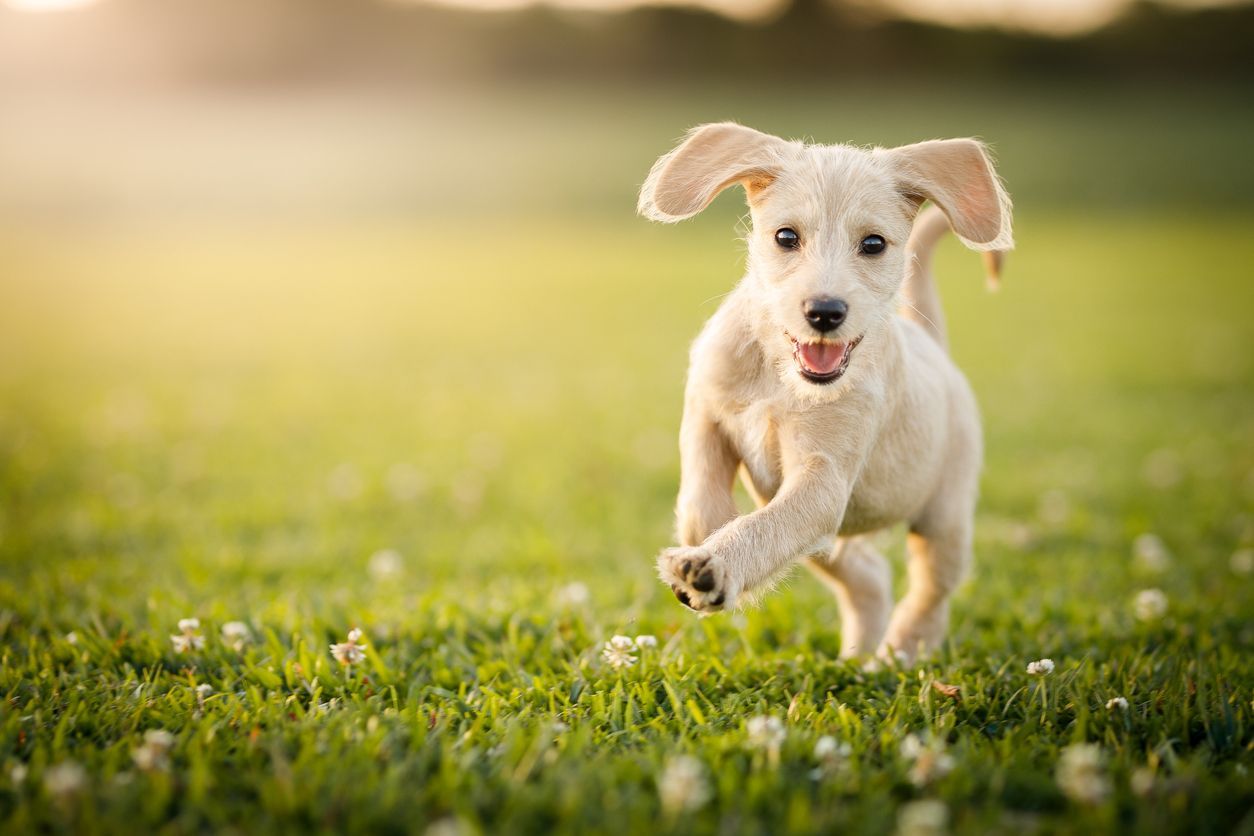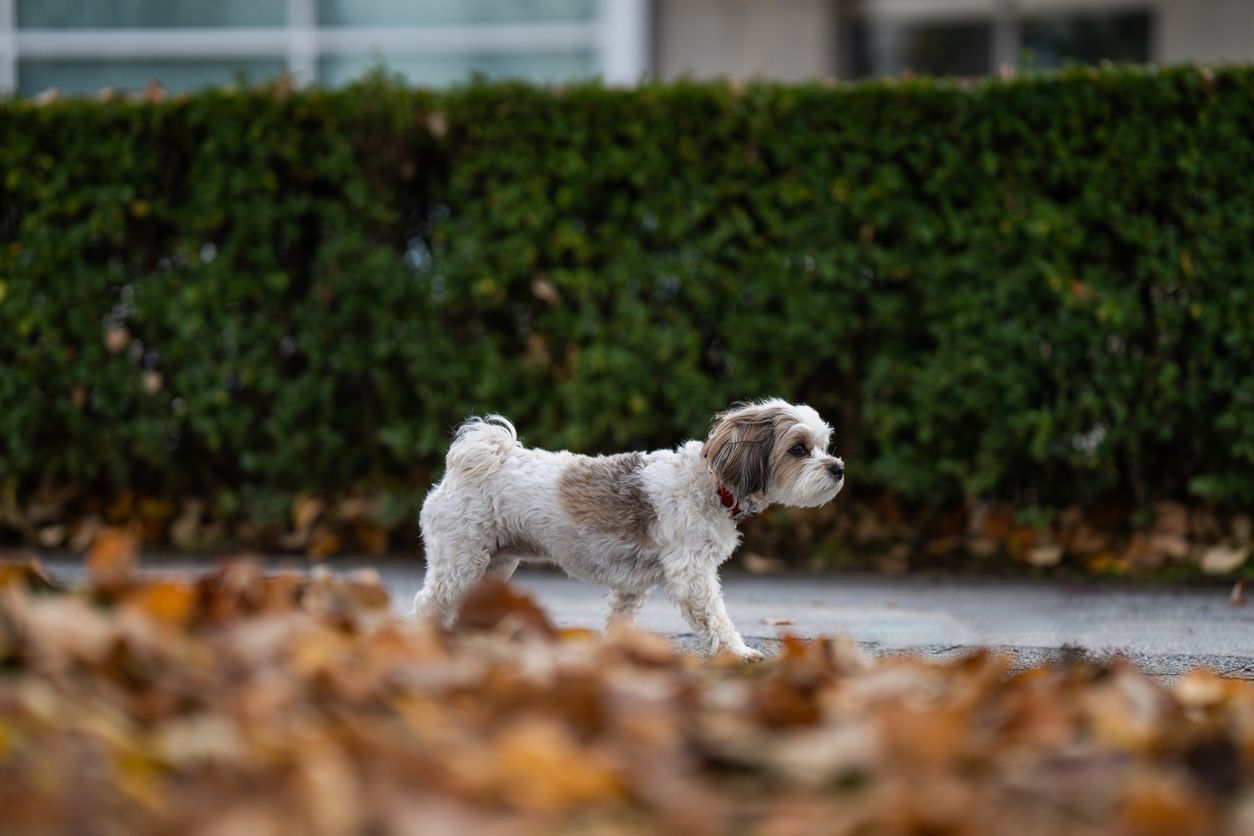Essential items for a pet first aid kit

Please note that this article contains affiliate links. We may receive compensation when you click on links and purchase products, but there is no extra charge to you.
A first aid kit is an essential every pet owner should keep on hand. It sounds simple, but knowing what to add or how to use each item can be confusing. This article will address:
- What items belong in a pet first aid kit?
- Are first aid items used differently on pets?
- How do I prepare a pet kit for an emergency evacuation?
- Why should I have a pet first aid kit?
Minor wounds and injuries are common in pets, especially when playing outdoors. Knowing exactly where first aid items are and how to use them properly will allow you to give your pet relief sooner rather than later.
What basic supplies do I need in a first aid kit for pets?
If you have a first aid kit for yourself and other human members of your family, you’re in luck. Many first aid essentials commonly found in standard kits are the same basic supplies used in a pet first aid kit. These items include:
- Latex gloves
- Gauze roll and sterile gauze pads
- White adhesive tape, self-adhering bandages, and duct tape
- Tweezers
- Digital thermometer
- Sterile lubricant or petroleum jelly
- 3% hydrogen peroxide, including at least one unopened bottle
- Rubbing alcohol
- Triple antibiotic ointment
- Cold packs
- Epsom salts
- Sterile saline
- Chlorhexidine wound cleanser
Other items to include in your kit that are more pet-specific include:
- Nylon leash and muzzle
- Styptic powder
- Pet nail trimmers
- Pet fur clippers
- Tick removal tool
- Pet Poison Helpline number
- Up-to-date medical records and list of medications
- List of nearby emergency vet hospitals
- Book or instructions on emergency pet first aid procedures and CPR
Life-saving information is just as important to have within reach in a pet emergency as first aid items. Knowing exactly where to find the Pet Poison Hotline number, the number and address of nearby emergency hospitals, and instructions on what to do in an emergency saves time and makes it easier to get your pet to an animal hospital for veterinary treatment as quickly as possible. Note that Pet Poison Control specifically is the best option if your pet has ingested something suspicious, as this service has the most up-to-date information about what is toxic for dogs and how best to treat them.
How do I use first aid items on my pet?
Many of these items are used on pets the same way as they’re used on people. Bandages, cleansers, and tweezers are essential for cleansing small scratches and scrapes, removing splinters and stingers, and providing basic first-aid pet care at home.
Some first aid items are used differently on pets than on people. “Topical medications, such as antibiotic ointment, should not be used in areas where they can be easily licked off as they can cause an upset stomach,” explains Dr. Jo Myers, a Vetster veterinarian. “If it’s in reach, chances are good your pet will lick it off before it has a chance to work, and the extra licking can cause more harm to the injured area.”
In addition, bandages are prone to falling off animals unless taped in place. Self-adhering bandage material, sometimes called vet wrap, is a great way to do this. However, taping too tightly can cause swelling and loss of blood circulation in the area. In a worst-case scenario, prolonged lack of circulation can result in loss of the limb, so it’s important to get it right. Always tape just tight enough to ensure the bandage stays in place and promptly remove any bandages if swelling develops.
Use only sterile saline to flush wounds - never rubbing alcohol or hydrogen peroxide. These disinfectants, along with chlorhexidine solution, are best used for the area around a wound rather than in it. Soaking minor cuts or puncture wounds in an Epsom salt solution for 10 minutes twice daily can help prevent infection and hasten healing. Hydrogen peroxide is useful to clean up blood in the fur rather than the wound itself.
Finally, if you have been with your dog during a wellness exam, you’ve probably seen how their temperature is taken. In dogs, digital thermometers are used rectally to get the most accurate temperature reading. A pet or rectal thermometer and petroleum jelly or lubricant will make this process much more comfortable.
When purchasing a product meant for animals, follow the directions included with the product. If you are unsure about how to use your pet’s first aid kit effectively, an online vet can walk you through how to use each item and provide general health and safety tips so you and your pet can enjoy adventures with peace of mind.
Do I need additional items for disaster preparedness?
Natural disasters like tornadoes, hurricanes, and wildfires can require emergency evacuation. To prepare for these situations, pet owners may want to stock a few extra items in case of an emergency. In addition to an animal first aid kit, it is suggested to have:
- At least two week’s worth of food, bottled water, and regular medications for each pet
- Collapsible bowls for food and water
- Sturdy leash, crate, and/or carrier for each pet
- Easily carried comfort items, such as toys, beds, and soft blankets
- Current photo of you and your pet
Your pet’s microchip registration, collar contact information, and medical records must be up-to-date during evacuation. Pet parents living in areas where an evacuation is possible need to keep enough bottled water and food in sealed containers to keep them fresh. Many hotels and emergency shelters require dogs to be crated in their facilities. Finally, small comfort items can help calm your pet in an emergency. An online vet or veterinary technician can help you build a go-bag for your individual pet.
Why is it a good idea to have a pet first-aid kit?
First aid kits are great for common injuries in pets. Pet owners with especially adventurous, energetic, or even clumsy pets may be reaching for cold packs for bumps and nail trimmers for broken nails more than a few times. Having a well-stocked kit and knowing how to use each item correctly will help your pet feel better if needed after minor incidents and may save their life in a major medical emergency. Keep a medical kit in your home, car, and evacuation go-bag. If you find making these kits overwhelming, you can make an online virtual care appointment to receive help from a veterinary professional.
FAQ - Essential items for a pet first aid kit
What first aid items can I use on my dog?
Besides medications, nearly all first aid items found in a human first aid kit are frequently used in pet first aid. Items such as gauze, bandage tape, ice packs, and tweezers are excellent tools in animal first aid. Never give an animal medication that a veterinarian has not approved.
How do you prepare your pet for an emergency evacuation?
In areas where emergency evacuation is possible, a go-bag is essential for each family member, including your pets. Keep a first aid kit, two weeks' worth of food and medication, and bottled water, along with a carrier and other supplies needed to care for your individual pet, in an easy-to-reach location.
What should be in an emergency kit for pets?
First aid supplies, the numbers for local veterinary hospitals, and the Pet Poison Helpline are essential for an emergency medical kit for your pets. A book on emergency animal first aid and CPR may also come in handy and help get your pet to a veterinarian for veterinary care in an emergency.
Can I use Neosporin™ on my pet?
Triple antibiotic ointments can be used on pets, but only in locations where they cannot be licked off. Ointments such as Neosporin**™** can be toxic when ingested. In addition, excess licking at the injured area after applying the ointment can worsen irritation or even lead to infection.




